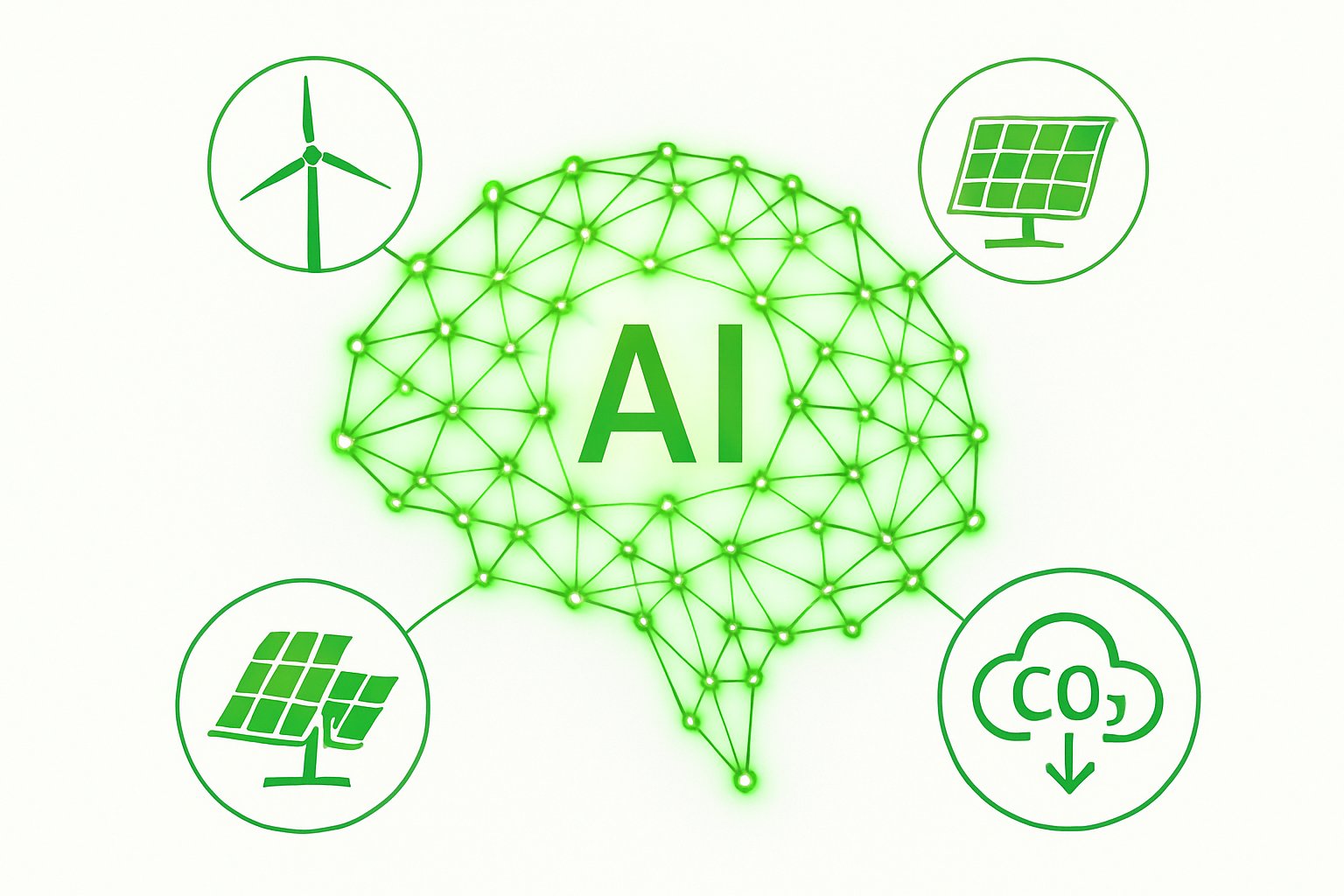
AI CERTS
2 days ago
Why Green AI Models Matter For Energy
Escalating Data Energy Concerns
The International Energy Agency reports that data centres consumed 415 TWh in 2024. Accelerated servers for AI drive much of that load. Moreover, IEA projects that demand could reach 945 TWh by 2030. Almost half may stem from AI workloads, notes Digiconomist analyst Alex de Vries-Gao. In contrast, AI promises efficiency gains in other sectors, creating a complex balance. Nevertheless, unchecked inference traffic could overwhelm renewable grids. Therefore, organisations seek green AI models to dampen the curve. Effective adoption would deliver significant climate impact benefits. UNESCO frames electricity savings as critical to responsible, sustainable AI deployment. That framing resonates with policymakers tracking model efficiency metrics. These numbers set the stage. Subsequently, we explore concrete evidence.

Escalating energy projections underscore urgency. However, tangible solutions are emerging, as the next section shows.
Study Reveals Massive Savings
UNESCO and UCL released 'Smarter, Smaller, Stronger' on 8 July 2025. Researchers measured per-prompt energy using open LLaMA variants. They found that task-specific models required up to 90% less power than heavyweight baselines. Additionally, halving the prompt and response length cuts energy by more than 50%. Model compression via 8-bit quantization delivered further 44% savings with minimal accuracy loss. Professor Ivana Drobnjak summarised the findings: "simple steps drastically reduce resource demands." An October 2025 arXiv study reached similar conclusions. It is calculated that widespread model selection could lower AI electricity use by 27.8%. Consequently, worldwide savings could hit 31.9 TWh, equal to five nuclear reactors’ annual output. Both studies strengthen the case for green AI models. Together, they emphasise sustainable AI with compelling numbers. Model efficiency, not only raw capability, becomes a headline metric.
Independent experiments converge on dramatic savings potential. The evidence leads naturally to the practical techniques discussed next.
Practical Model Efficiency Measures
Companies can implement several low-cost interventions immediately. Moreover, these steps improve model efficiency without hardware upgrades. Key actions include:
- Deploy smaller, task-specific models for routine tasks.
- Apply quantization, pruning, or distillation to compress weights.
- Encourage shorter prompts and responses through user interface nudges.
- Route queries dynamically with mixture-of-experts or similar sparse techniques.
- Monitor and report per-request energy to encourage sustainable AI choices.
These techniques stack, yielding compound savings. UNESCO recorded 90% reductions when combining three measures. Nevertheless, engineers must validate accuracy after each optimisation. Performance testing mitigates unintended climate impact trade-offs.
Practical measures exist and integrate smoothly with pipelines. Next, we dive deeper into each tactic.
Targeted Model Selection Strategy
Selecting the right model for each request slashes unnecessary computation. UCL tests showed small translation models used one-tenth the energy of large general LLMs. Furthermore, the arXiv team modelled 27.8% global savings from disciplined routing. Implementation can use model hubs or gating services that evaluate task type quickly. Consequently, organisations cut bills while advancing sustainable AI policies. However, teams must maintain multiple checkpoints and monitor drift.
Model selection offers high reward for moderate complexity. Compression techniques provide the next layer of gains.
Compression And Smart Quantization
Compression reduces parameter precision or prunes redundant weights. Quantization to 8-bit lowered energy 44% in UNESCO trials. Moreover, inference latency often improves, boosting user experience. Tools from NVIDIA and Hugging Face automate much of the workflow. Nevertheless, developers should re-evaluate accuracy on critical tasks. Adopting such compression advances green AI models scalability. It simultaneously enhances model efficiency for cloud deployments.
Compression delivers swift, measurable savings. Prompt brevity addresses token-level waste, as detailed next.
Prompt Brevity Energy Benefits
Tokens drive compute cycles and therefore power use. Shorter prompts and outputs halve token counts in many chat sessions. UNESCO measured more than 50% energy reductions from this simple tweak. Moreover, users often prefer concise answers. UX teams can default to brief modes and offer expansion on demand. Consequently, the climate impact per interaction drops immediately. When paired with other techniques, brevity magnifies savings for green AI models.
Prompt engineering remains the cheapest optimisation lever. Policy and market forces will determine adoption speed.
Policy And Market Outlook
Governments and enterprises increasingly track AI electricity metrics. UNESCO urges labels that disclose energy per thousand tokens. Additionally, procurement guidelines could favour providers of green AI models. The IEA notes policy intervention can align growth with renewable generation. Furthermore, investors now review climate impact disclosures in sustainability reports. Standards bodies debate thresholds that qualify as sustainable AI. Vendors may differentiate through verified model efficiency certificates. Professionals can enhance expertise with the AI Architect™ certification. Such credentials demonstrate commitment to responsible innovation.
Policy signals and market incentives are aligning. Consequently, implementation barriers should fall rapidly.
Evidence shows that green AI models deliver dramatic electricity savings without harming output quality. Smaller task models, compression, and concise prompts provide an achievable roadmap. Moreover, adopting these tools advances environmental targets and strengthens corporate resilience. Independent studies estimate tens of TWh can be preserved annually. Consequently, grid strain falls and climate impact diminish further. Policy support and transparent metrics will accelerate uptake of green AI models worldwide. Now is the moment for engineers, leaders, and policymakers to prioritise energy responsible design. Act today: explore proven techniques, benchmark energy, and pursue certifications like the AI Architect™ credential. Take the next step and champion green AI models across your organisation.



